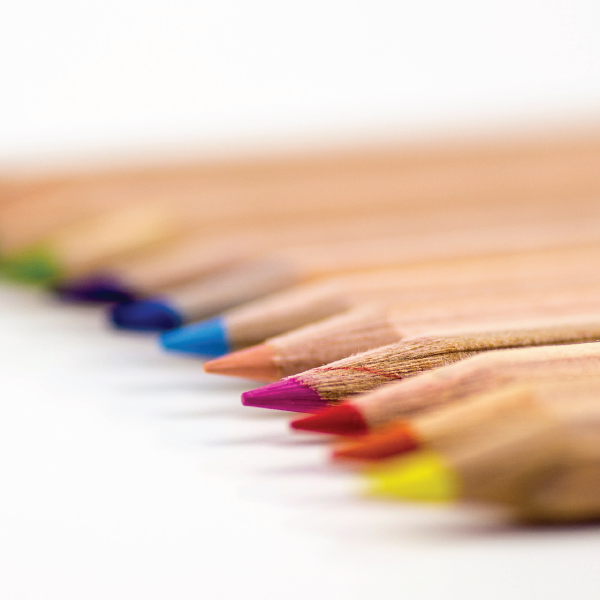Summary: Multimodality is a theory which looks at how people communicate and interact with each other, not just through writing (which is one mode) but also through speaking, gesture, gaze, and visual forms (which are many modes).
Originators & Proponents: Gunther Kress[1]
Keywords: communication, design literacy, expression, gesture, linguistics, medium, mode, multimedia, semiotic resources, sign, visual literacy, writing
Multimodality (Kress)
Multimodality is a theory which looks at the many different modes that people use to communicate with each other and to express themselves. This theory is relevant as an increase in technology tools, and associated access to multimedia composing software, has led to people being able to easily use many modes in art, writing, music, and dance and every-day interactions with each other[2].
A mode is generally defined as a communication channel that a culture recognizes. Examples of modes are writing, gesture, posture, gaze, font choice and color, images, video, and even the interactions between them.
While many of these modes have always existed, they have not always been recognized as a legitimate or culturally accepted form of communication or expression. Learning theorists who advocate for multimodality emphasize that people communicate in a variety of ways, and that in order to completely understand someone, the many modes they use to communicate must be observed and recognized[3][4].
The theory of multimodality can be found in writings and discussions related to communication theory, linguistics, media literacy, visual literacy, anthropological studies, and design studies.
For more information, see:
- Gunther Kress’s book: Multimodality: A Social Semiotic Approach to Contemporary Communication
- Carey Jewitt’s book: Multimodal Literacy (New Literacies and Digital Epistemologies, V. 4)
References
- Kress, Gunther R., and Theo Van Leeuwen. Multimodal discourse: The modes and media of contemporary communication. Vol. 312. London: Arnold, 2001.
- Kress, G. (2009). Multimodality: A social semiotic approach to contemporary communication. Routledge.
- Kress, G. (2000). Multimodality. Multiliteracies: Literacy learning and the design of social futures, 182-202.
- Jewitt, C., & Kress, G. R. (Eds.). (2003). Multimodal literacy. New York: Lang.





